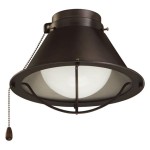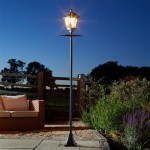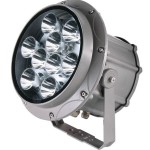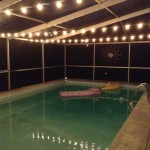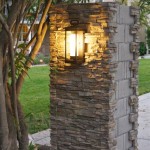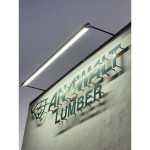What Does Dark Sky Mean in Outdoor Lighting?
In an increasingly urbanized world, the night sky is often obscured by artificial light. This phenomenon, known as light pollution, has profound consequences for human health, wildlife, and the natural environment. To combat light pollution and preserve the beauty and ecological importance of the night sky, the concept of "dark sky" has emerged. Dark sky refers to areas with minimal artificial light, allowing for the visibility of stars, planets, and other celestial objects. It encompasses a range of practices and standards aimed at reducing light pollution and promoting responsible outdoor lighting.
Understanding Dark Sky Principles
The core principle behind dark sky initiatives is to minimize the impact of artificial light on the surrounding environment. This involves implementing strategies such as:
- Shielding lights: Using shields or baffles on light fixtures to direct light downwards, preventing it from escaping upwards and illuminating the sky. This ensures that light only illuminates the intended area, reducing light trespass and glare.
- Using appropriate lighting levels: Selecting lighting levels that are sufficient for safety and security but avoid excessive brightness. This helps to reduce unnecessary light pollution and minimize energy consumption.
- Employing warm-toned lighting: Choosing light sources with warm color temperatures, typically below 3000 Kelvin, as they have less impact on wildlife and human sleep patterns than cooler, blue-toned lights.
- Minimizing light duration: Using timers or motion sensors to illuminate areas only when needed, reducing the amount of time lights are on and minimizing light pollution.
Benefits of Dark Sky Practices
Adopting dark sky principles offers a wide range of benefits, including:
- Enhanced stargazing opportunities: Dark skies provide optimal conditions for stargazing, allowing for the observation of celestial objects that are often obscured by light pollution in urban areas.
- Preservation of wildlife habitats: Artificial light at night can disrupt the natural rhythms of nocturnal animals, affecting their navigation, feeding, and breeding patterns. Dark skies help to minimize the impact of artificial light on wildlife populations.
- Improved human health: Exposure to excessive artificial light at night can disrupt the production of melatonin, a hormone essential for sleep regulation. By minimizing light pollution, dark sky initiatives promote better sleep quality and overall health.
- Energy savings: Using efficient lighting techniques and minimizing unnecessary illumination can lead to significant energy savings, reducing carbon emissions and lowering energy costs.
Dark Sky Communities and Initiatives
The concept of dark sky has gained increasing recognition and support worldwide. Many communities and organizations are actively pursuing dark sky designations, implementing policies to reduce light pollution. Examples include:
- International Dark-Sky Association (IDA): The IDA is a non-profit organization dedicated to protecting the night sky through advocacy, education, and certification programs. They award "Dark Sky Places" designations to communities, parks, and other sites that meet specific criteria for low light pollution.
- Dark Sky Parks: Designated dark sky parks are protected areas with exceptional nighttime darkness, providing opportunities for stargazing and ecological preservation. They often implement strict lighting regulations to maintain their dark sky status.
- Local initiatives: Numerous communities and organizations are implementing their own dark sky initiatives at the local level. These can range from adopting lighting ordinances to promoting awareness campaigns about light pollution.
Dark sky initiatives offer a practical and effective way to combat light pollution and preserve the beauty and ecological importance of the night sky. By adopting responsible lighting practices and promoting awareness about light pollution, individuals and communities can contribute to creating darker skies for future generations to enjoy.

A Guide To Dark Sky Outdoor Lighting 6 Quick Tips Ideas Advice Lamps Plus

Dark Sky Compliance Why Does It Matter Ledlightingsupply Com

Using Dark Sky Approved Lighting To Reduce Light Pollution

A Guide To Dark Sky Outdoor Lighting 6 Quick Tips Ideas Advice Lamps Plus

Using Dark Sky Approved Lighting To Reduce Light Pollution

Reduce Light Pollution With Better Outdoor Lighting 5 Principles

Presidio Leads The Pack Among Big Bend Communities Implementing Dark Sky Lighting Ordinances Sentinel

Using Dark Sky Approved Lighting To Reduce Light Pollution

Dark Sky Compliance Why Does It Matter Ledlightingsupply Com

Reduce Light Pollution With Better Outdoor Lighting 5 Principles
